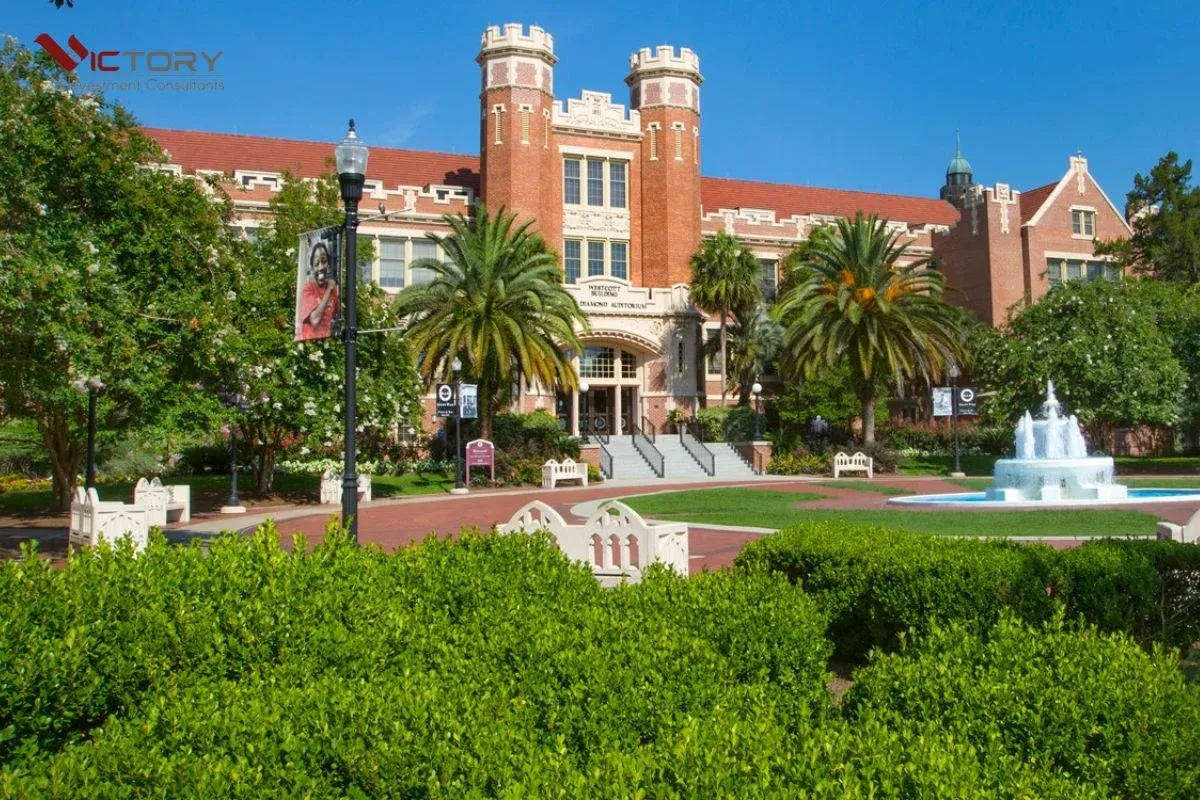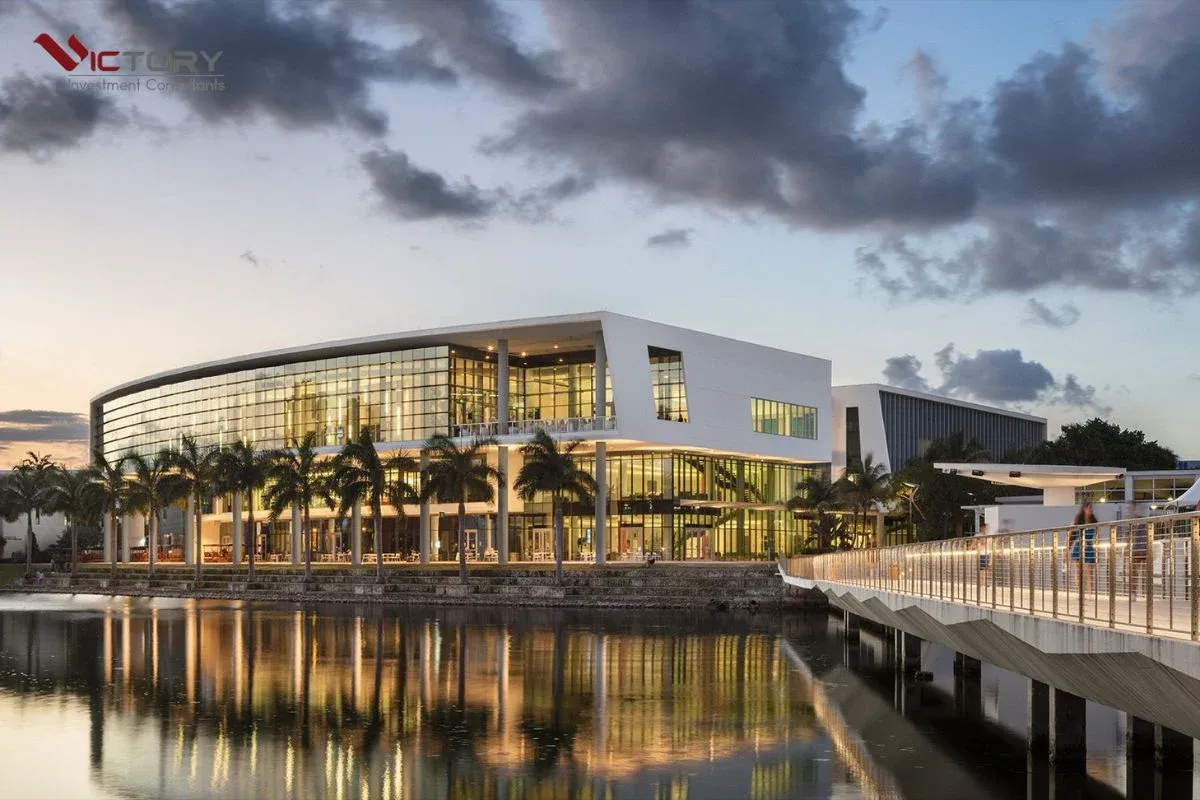Florida, boasting a long coastline and rich marine biodiversity, has long been a vital hub for the fishing industry. This industry significantly contributes to the state’s economy and is deeply intertwined with the culture and history of local communities. Join “Du lịch khắp thế gian” as we explore the fascinating journey of Florida’s fishing industry, from the traditional methods of indigenous peoples to today’s modern techniques.
Origins of Fishing in Florida
The history of fishing in Florida dates back thousands of years when indigenous tribes like the Calusa and Tequesta lived along the coast and relied on the sea for sustenance. They were skilled fishermen, employing rudimentary yet effective fishing techniques.
Traditional Fishing Techniques
Native Floridians utilized simple but effective fishing methods, maximizing the readily available natural resources:
- Handmade Nets: They wove nets from natural fibers, used for catching fish near the shore or in rivers and creeks.
- Bone and Shell Hooks: Fish hooks were crafted from animal bones or seashells, paired with lines made from plant fibers.
- Fish Traps: Fish traps were constructed from stones or wood, placed in areas where fish frequently migrated for easy capture.
- Spearfishing: Sharp spears were used to stab fish from boats or while wading.
These techniques not only provided a crucial food source but were also an integral part of the culture and daily life of Florida’s indigenous people.

Influence of the Colonial Era and Early Development
The arrival of Europeans in the 16th century brought significant changes to Florida’s fishing industry. Explorers and settlers from Spain, France, and England recognized the immense economic potential of the region’s abundant seafood resources.
New Fishing Methods
Europeans introduced more advanced fishing techniques and tools, including:
- Seine Nets: Large nets dragged through the sea to catch large quantities of fish.
- Larger Sailing Vessels: Enabling fishermen to venture further offshore and fish in deeper waters.
- Salt: Salt was used to preserve fish, extending shelf life and facilitating transportation.
The combination of indigenous techniques and new European methods fostered a more developed fishing industry, meeting the growing market demands.
Economy and Trade
Fishing gradually became a vital economic sector in Florida. Salted fish and fish products were exported to other colonies and Europe, generating significant revenue for the state. Coastal communities began to form and thrive based on fishing and fish processing activities.
The Rise of Commercial Fishing
The 19th and early 20th centuries witnessed a remarkable expansion in Florida’s fishing industry, transitioning from small-scale operations to large-scale commercial activity.
Technology and Infrastructure
The advent of steam engines and later diesel engines revolutionized the fishing industry. Fishing vessels became larger, faster, and capable of venturing further offshore. Fishing ports were constructed and upgraded, facilitating the unloading, processing, and transportation of fish.
- Fish Processing Plants: Fish processing plants emerged, utilizing new technologies for canning, salting, and smoking fish, extending preservation times and expanding consumer markets.
- Railway System: The construction of railway systems connecting coastal regions to major cities facilitated faster and easier fish transportation.

Important Fish Species
Certain fish species became particularly important to Florida’s commercial fishing industry, including:
- Snapper: A popular and highly valued fish, economically significant.
- Grouper: Large fish with delicious meat, heavily fished for domestic and export demands.
- Shrimp: Florida shrimp is renowned for its high quality and distinctive flavor, becoming a crucial export commodity.
- Crab: Crab species like blue crab and stone crab also contribute significantly to the fishing industry.
Economic and Social Impact
The growth of commercial fishing created numerous jobs and generated substantial income for Floridians. Coastal communities prospered, with the development of supporting services such as shipbuilding, fishing gear repair, and ice supply.
Challenges and Changes in the 20th and 21st Centuries
Despite its successes, the fishing industry in Florida has faced considerable challenges in the 20th and 21st centuries.
Overfishing
The use of modern fishing techniques and increasing scale of exploitation has led to overfishing of many species, threatening the sustainability of seafood resources.
Environmental Pollution
Pollution from industrial, agricultural, and residential activities has negatively impacted the marine environment, reducing water quality and harming marine life.
Climate Change
Climate change poses significant threats to the fishing industry, including changes in water temperature, sea-level rise, and increased frequency of severe storms.
Management and Conservation Measures
To address these challenges, the Florida state government has implemented various management and conservation measures for seafood resources, including:
- Limiting the quantity and size of fish allowed to be caught.
- Establishing marine protected areas to safeguard fish species and crucial ecosystems.
- Promoting the use of sustainable fishing methods.
- Investing in scientific research to better understand fish species and their habitats.
Sport Fishing Industry
Alongside commercial fishing, the sport fishing industry also plays a vital role in Florida’s economy. Millions of tourists visit Florida annually to engage in recreational fishing activities, generating significant revenue for local businesses.

The Future of Florida Fishing
The fishing industry in Florida faces both new opportunities and challenges. Ensuring the sustainable development of the industry requires collaborative efforts from all stakeholders, including government, fishermen, scientists, and local communities.
Prioritizing Sustainable Development
In the future, Florida’s fishing industry needs to focus on sustainable development, protecting seafood resources for future generations.
- Applying New Technologies: Utilizing advanced technologies to monitor, manage, and harvest seafood resources effectively.
- Developing Aquaculture: Expanding aquaculture activities to reduce fishing pressure on wild populations.
- Education and Awareness: Enhancing education and raising public awareness about the importance of protecting the marine environment and seafood resources.
Experiential Tourism
Developing experiential tourism related to the fishing industry, allowing tourists to participate in traditional fishing activities and learn about the culture and history of the industry.
Product Diversification
Researching and developing new products from fish and other seafood species, meeting the increasingly diverse market demands.
Conclusion
The history of fishing in Florida is a long and fascinating narrative, from the rudimentary techniques of indigenous peoples to the development of the modern commercial industry. Despite facing numerous challenges, the fishing industry remains a vital component of Florida’s economy and culture. By prioritizing sustainable development and implementing innovative solutions, Florida’s fishing industry can continue to thrive and contribute to the state’s prosperity in the future. Join “Du lịch khắp thế gian” to discover and appreciate the values that the fishing industry brings to Florida!